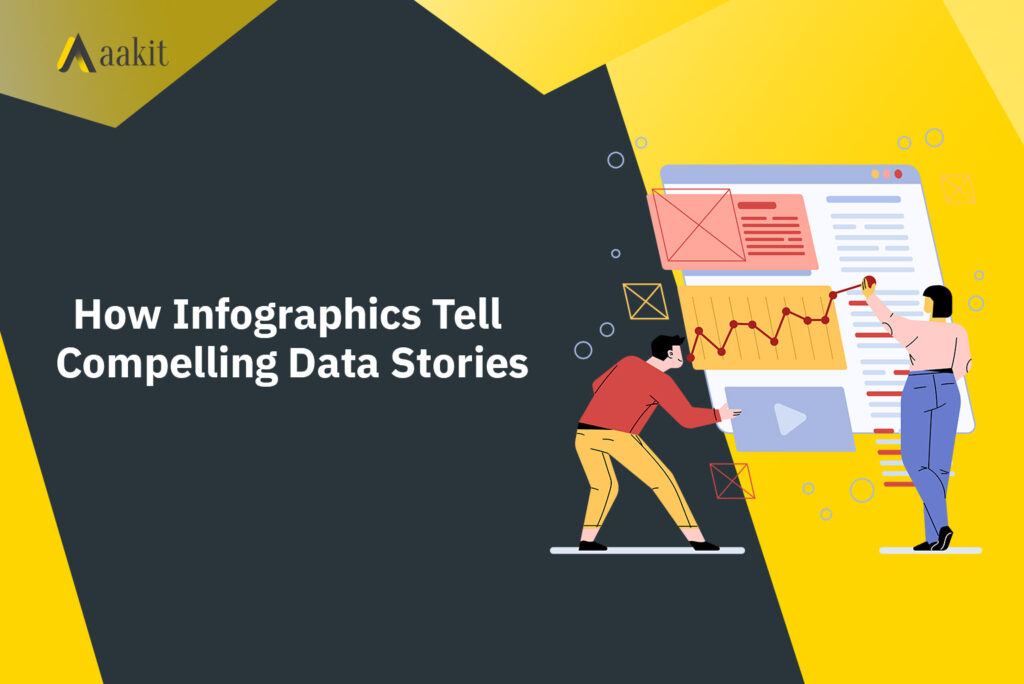As coined by Henrik Ibsen, “A picture is worth a thousand words” this saying has not been more valid than in today’s age, where our ability to consume information quickly has increased at the cost of decreased attention spans. We live in an information age where we are bombarded constantly with data and stimuli, making it impossible to retain all that we read and learn. So what does this mean for businesses that consistently generate content? How to reach the target audience and ensure that our content is not lost in the din? Does this mean that all the information we generate is futile? No. The solution to combat dwindling attention spans is to rethink how we put out information.
Since our brains can process visual information almost 60,000 times faster than text, a visual format may seem the best answer. However, video production tends to be cost-heavy and has several drawbacks. Essentially, videos need to be short and may also require audio to be impactful. This is where a mixed media approach is the best solution – enter Infographics.
WHAT ARE INFOGRAPHICS?
An infographic conveys information or data in a visual format, including text, images, statistics, etc., to allow readers to understand the content quickly and easily. It compacts vast amounts of data to produce easy-to-assimilate information nuggets that tell a story. With an infographic, the audience can comprehend complex information quickly. Thus, infographics are one of the most effective data storytelling tools.
WHAT IS DATA STORYTELLING?
We live in an age of big data where data analytics and insights are increasingly used to support business. While gleaning insights and creating data sets is essential, so is knowing how to communicate this information as a straightforward, compelling story. This is a skill known as data storytelling.
Data storytelling is the art of effectively communicating insights from a complex dataset using narratives and visualizations to reach and influence a target audience. It uses visual elements such as graphs and charts as supporting evidence and text to break down complex insights that help make critical decisions more quickly.
Since a critical element of data storytelling is visualizations, infographics are the perfect tool to build them. Infographics in data storytelling meld multiple elements like visual design, the context of the communication, narrative, and the data itself into a neat, easy-to-assimilate package.
MAKING INFOGRAPHICS COMPELLING DATA STORYTELLERS
So what makes infographics tell compelling data stories? Below mentioned are some effective ways to design a compelling infographic:
- Ensure relevance to the target audience
The entire point of creating an infographic to tell a data story is to reach the target audience and elicit the desired response. So, start with understanding the target audience and how best to cater the infographic to them.
Some questions you should ask while designing a story are:
- Who is my audience?
- Does this story focus on solving a problem they have?
- How much do they already know about this topic?
- What are some of the demographics I want to cater this story to? These could include factors such as the audience’s age, location, industry, etc.
Essentially, the story you are trying to convey with the help of the infographic must:
- Be relevant to the audience
- Fit with what they already know about the concept; and
- Help them take a specific action or achieve a desired goal
While the story is the focus, it becomes pointless if it is not designed to be specific to the audience’s needs. So ruminate on what matters and is relevant to the audience to ensure a compelling data storyteller infographic.
- Clear, easy-to-navigate design
Once the target audience is established and the story takes shape, think of the infographic design. Ensure the design is simple and organized so that information flows organically and tells a visual story. It\’s important to understand that the audience will assimilate data better if presented in a clean, hierarchical fashion. In this vein, prominent information must be at the very top and flow from left to right. Additionally, avoid using large textual chunks, too many visuals, and jarring colors.
- Clear call to action
Remember that you are trying to tell a data story; all compelling stories need a takeaway. Be clear about what you expect your target audience to do once they have seen the infographic and include that as your call to action. The target audience must reach the desired conclusion without blatantly spelling it out.
- Maintain a narrative arc
Infographics should be appropriately structured and must include an introduction, some context, a hook, and an eventual purpose. Ensure that the infographic adds value to the audience’s time to be effective. So maintain a compelling narrative arc and make the information concise and non-redundant.
- Leverage good data insights
Data stories are primarily about the data insights, so ensure to add only well-researched and relevant data from reputable sources to the infographic. Corroborate insights with statistics and graphs from verifiable sources such as academic researchers, government entities, and industry-leading analysts.
- Remember! Less is more
A common mistake when developing infographics is going overboard with the design and the amount of information presented. While it may seem like having a plethora of colorful illustrations and catchy text will get the job done, the truth is far from it. Too much content on an infographic distracts the audience from the story you are trying to tell. Everything from the color palette and the chosen fonts tends to impact how the audience absorbs the story. So factor that in and design an infographic that communicates a lot of data in a simple, easy-to-understand manner. Remember that less is more, and use minimal text and abundant space between each visual element.
CONCLUSION
We want to use data to help us make better decisions, and we want infographics to deliver the data effectively. Remember that everything from the insights to the infographic\’s design impacts how a data story is told and whether or not your content gets the desired attention. Knowing that we live in a predominantly visual world, we must tap into the fantastic potential infographics provide to efficiently deliver our stories to the right audience across various communication channels.
Since effective Content Marketing is the go-to digital marketing technique today, brands are constantly looking at innovative avenues to deliver complex information quickly and in an engaging manner to the right target audience. An infographic, in such a case, helps them appealingly convey relevant information or data.



